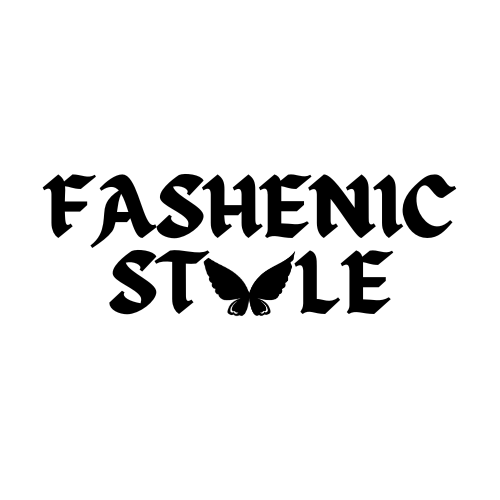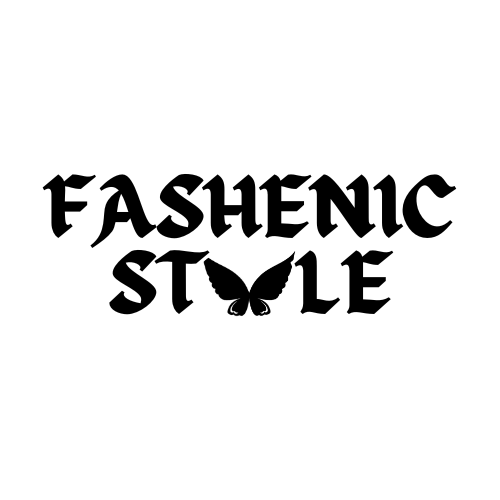Notifications

5 minutes, 57 seconds
-15 Views 0 Comments 1 Like 0 Reviews

Style is no longer dictated by monthly editorials or seasonal runways—it’s being shaped online, in real time. At the forefront of this transformation are fashion blogs, dynamic platforms that offer far more than curated aesthetics. These digital style journals have revolutionized how trends spread, how wardrobes evolve, and how individuality is expressed through fashion.
Once upon a time, fashion inspiration trickled down from exclusive shows and glossy magazines. Today, that flow is reversed. Consumers look to the streets, social feeds, and fashion blogs for wearable inspiration. Bloggers transform high fashion into practical ensembles, translating the abstract into the achievable.
Fashion blogs have broken the barriers of elitism in fashion. No longer is personal style reserved for the privileged or celebrity-class. Anyone with a voice, a camera, and perspective can influence style narratives globally. This shift fosters inclusivity, showcasing fashion across ages, sizes, cultures, and backgrounds.
At their core, blogs are autobiographical. They tell stories—of transformation, rebellion, identity, and culture—through clothes. Readers connect with these personal journeys, finding style inspiration rooted in authenticity, not advertising. These narratives encourage self-expression over trend conformity.
With daily content updates and real-time posting, fashion blogs contribute to the rapid acceleration of trend life cycles. What once took months to hit mainstream fashion now spreads virally in hours. Micro-trends are born on a Tuesday and fade by Friday, fueled by bloggers’ speed and reach.
Street style photography has become a visual backbone of fashion blogging. It captures unfiltered moments—commuters, creatives, travelers—turning sidewalks into runways. This candid imagery brings a raw, accessible edge to fashion, contrasting with the hyper-stylized magazine shoots of old.
Unlike traditional fashion media, blogs offer immediacy. Comment sections, DMs, and polls foster direct engagement between blogger and reader. Feedback is fast, honest, and interactive—shaping future content and reinforcing a sense of community.
Fashion is no longer dominated by New York, Paris, Milan, or London. Blogs amplify voices from Nairobi, Seoul, São Paulo, and beyond. This globalization of fashion storytelling introduces diverse textures, colors, and silhouettes into the style mainstream.
Traditional fashion magazines offer polished, high-concept looks curated by professional stylists. Fashion blogs, in contrast, showcase everyday style, reworked wardrobes, and creative layering with what's already in your closet. One feels aspirational; the other, accessible.
Many modern bloggers use their platform to spotlight sustainability—championing slow fashion, upcycling, and ethical brands. Their honest reviews and mindful messaging influence conscious consumerism more effectively than traditional advertising ever could.
With integrated links, affiliate marketing, and real-time product tagging, blogs have streamlined the path from inspiration to acquisition. See it. Click it. Wear it. Fashion blogs turn style discovery into a one-click shopping experience.
Brands now seek out bloggers as brand ambassadors, not just advertisers. These partnerships feel organic, rooted in shared values and aesthetics. It’s not just paid content—it’s co-creation. Bloggers shape capsule collections, attend fashion weeks, and serve as a bridge between label and audience.
Fashion blogs frequently challenge outdated beauty norms. They highlight diversity in body types, skin tones, hair textures, and gender expressions. This radical visibility encourages readers to find beauty in themselves—without filters, retouching, or unrealistic ideals.
Behind every popular blog is a strategic use of search engine optimization. SEO determines which trends rise and which disappear. Bloggers who master this digital alchemy ensure their style narratives are seen, shared, and searched across continents.
In 2025, fashion blogs are not just styling guides—they're cultural barometers, personal diaries, and digital storefronts. They influence how we shop, how we dress, and how we express who we are. In redefining the conversation around fashion, bloggers have become the architects of the modern wardrobe.

